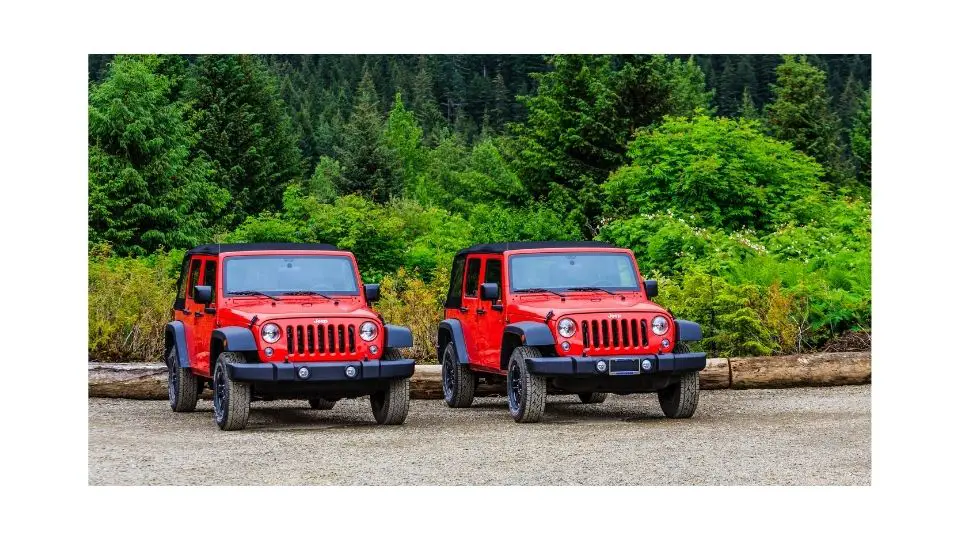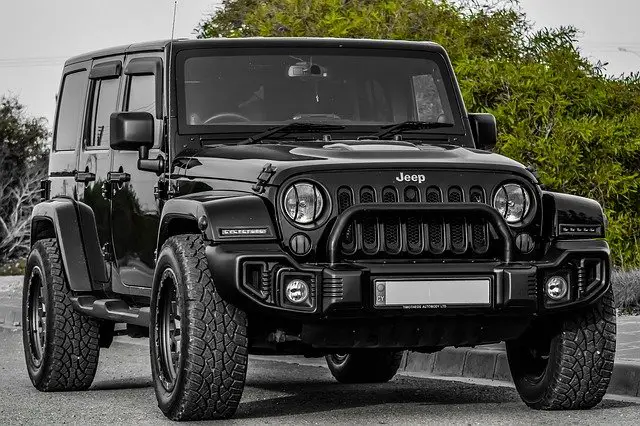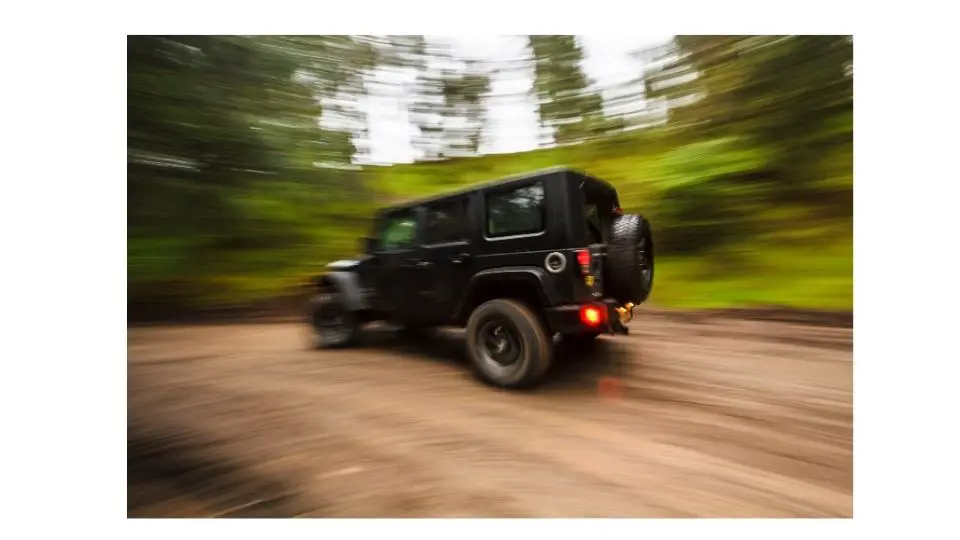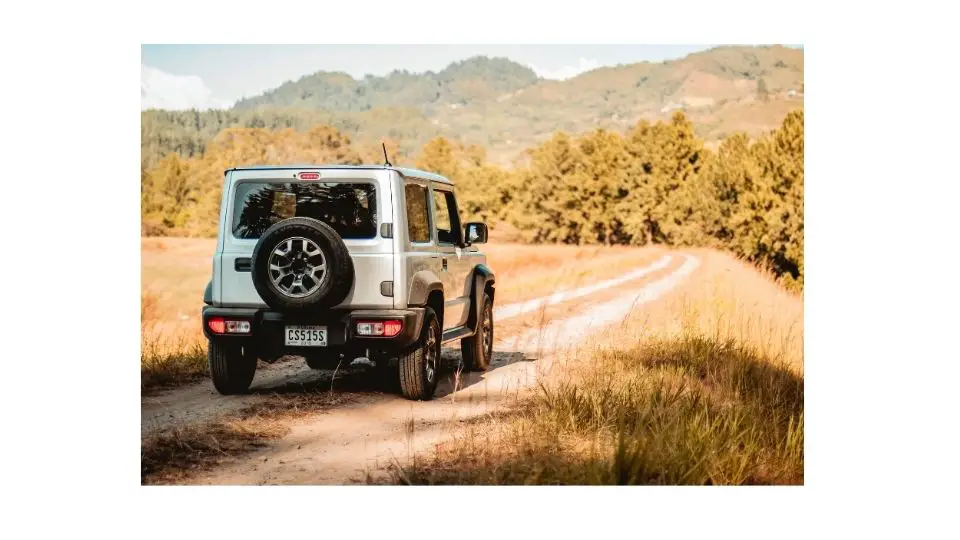When you buy a new Jeep Wrangler, you have a lot of customizing options to choose from. You can decrease the tire diameter, increase the width and install new wheels — among other things. But one of the most important upgrades for your Jeep Wrangler is the wheel offset.
This may sound confusing, but it isn’t really. We’re going to dig into this in more detail and present you with a Jeep Wrangler wheel offset guide.
What is Jeep Wrangler Wheel Offset?
The wheel offset is the distance from the centerline of the wheel to the hub mounting surface. It can be described as a positive or negative number. A positive offset is when the hub mounting surface is in connection to the front of the wheels
A negative offset means that it is toward the back or inside of the wheel. The offset will determine how far in or out from your Jeep Wrangler body you want your wheels to sit.
What is the stock wheel offset on a Jeep Wrangler?
The stock offset on most JK Wrangler stock wheels is 6.25 inches. If your Jeep is lifted and you are looking for more clearance under the fender flares, bigger tires, or better handling then you might want to consider wheels with a lesser offset.
When choosing new off-road wheels for your JK, it’s important to understand how to wheel width and to offset work together to determine if they will fit your Jeep.
What is a good offset for a Jeep Wrangler?
The typical offset is between 4.5 inches and 5.2 inches. This is why wheel spacers are so popular and can be used on the front and rear, resulting in a wider stance that looks better and improves stability. An offset that is too high or too low can cause problems with handling and in extreme cases, can cause the tire to rub on the fender.
The offset of JK Rubicon wheels
The wheels that come on a JK Rubicon are 44.45 mm positive offset. Offset is measured in millimeters and is the distance between the hub mounting surface and the centerline of the wheel. A Positive offset is when the hub mounting surface is in connection to the front of the wheels In other words, positive offset wheels stick farther out from your vehicle and negative offset wheels stick farther in.
Does wheel offset matter?
The short answer is “yes”. While it is true that with enough backspacing, you can make any wheel fit on any car, the fact of the matter is that each car has a recommended range of offsets. If you get outside of that range, you may run into issues.
Let me explain what backspacing and offset are so that we’re all on the same page. Backspacing is how far from the hub mounting surface to the lip of the wheel. Offset is how far from the centerline of the wheel to the hub mounting surface.
How much offset difference is OK?
There is no “one size fits all” answer to this question. You can run up to 5 mm difference in offset without any issues, however, if you want to be completely safe or if you are unsure about the change then you should always stick with the original offset. That way you know your wheels will fit and there will be no clearance issues or rubbing.
How do I find the perfect wheel offset?
To get the perfect wheel offset, you have to take a few things into consideration.
- What is your current wheel offset? This is best measured by looking at the backside of your wheel. What positive or negative offset do you already have?
- What type of wheels are you planning on getting? If you are planning on buying aftermarket wheels, then it’s good to look at the manufacturer’s specs for that particular wheel brand. Most will offer multiple offsets for particular wheel sizes.
- How big of a tire do you plan on running on your new wheels? A larger tire will affect the way the car handles and can cause rubbing issues if your offset isn’t right.
I hope this guide was able to help you find what you were looking for.
Source:
https://www.tsw.com/wheel-offset#:~:text=The%20offset%20of%20a,wheel%20side%20of%20the%20wheel





